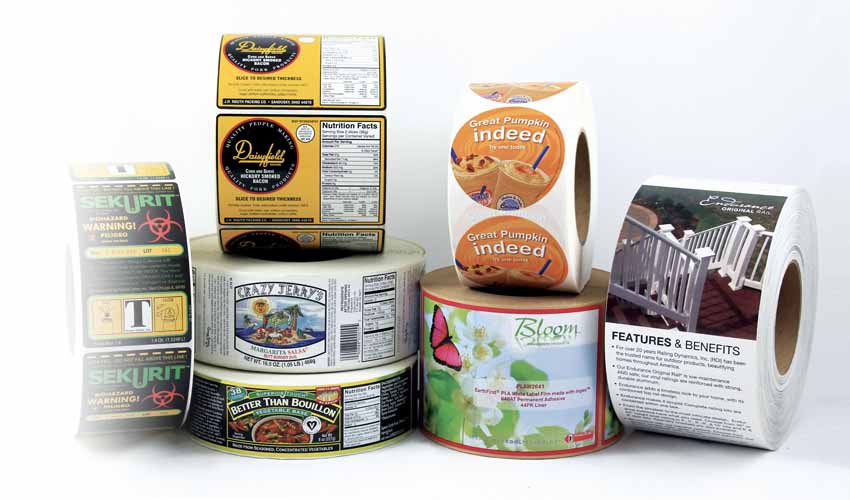In the world of printing, there are two popular methods that are often used: flex printing and digital printing. While both methods are used to create high-quality prints, there are some key differences between the two that are important to understand.
Flex printing, also known as flexography, is a type of printing that uses a flexible relief plate to transfer ink onto a substrate. This method is commonly used for printing on materials such as plastic, paper, and cardboard. Flex printing is ideal for large-scale printing projects, as it is a cost-effective method that can produce high-quality prints quickly.
On the other hand, digital printing is a method that uses digital files to print images directly onto a substrate. This method is commonly used for printing on materials such as paper, fabric, and vinyl. Digital printing is ideal for small-scale printing projects, as it allows for greater flexibility and customization.
One of the main differences between flex printing and digital printing is the level of detail that can be achieved. Flex printing is known for producing sharp, vibrant prints with high contrast, making it ideal for printing logos and other graphics. Digital printing, on the other hand, can produce prints with a wider range of colors and shades, making it ideal for printing photographs and other detailed images.
Another difference between the two methods is the cost. Flex printing is generally more cost-effective for large-scale printing projects, as the cost per print decreases as the volume of prints increases. Digital printing, on the other hand, is more cost-effective for small-scale printing projects, as it allows for greater flexibility and customization without the need for expensive setup costs.
In terms of environmental impact, both flex printing and digital printing have their pros and cons. Flex printing uses solvent-based inks, which can be harmful to the environment if not disposed of properly. Digital printing, on the other hand, uses water-based inks, which are more environmentally friendly but can be more expensive.
In conclusion, both flex printing and digital printing have their advantages and disadvantages, and the choice between the two ultimately depends on the specific needs of the printing project. Flex printing is ideal for large-scale printing projects that require sharp, vibrant prints, while digital printing is ideal for small-scale printing projects that require greater flexibility and customization. By understanding the differences between the two methods, you can make an informed decision about which method is best for your printing needs.

